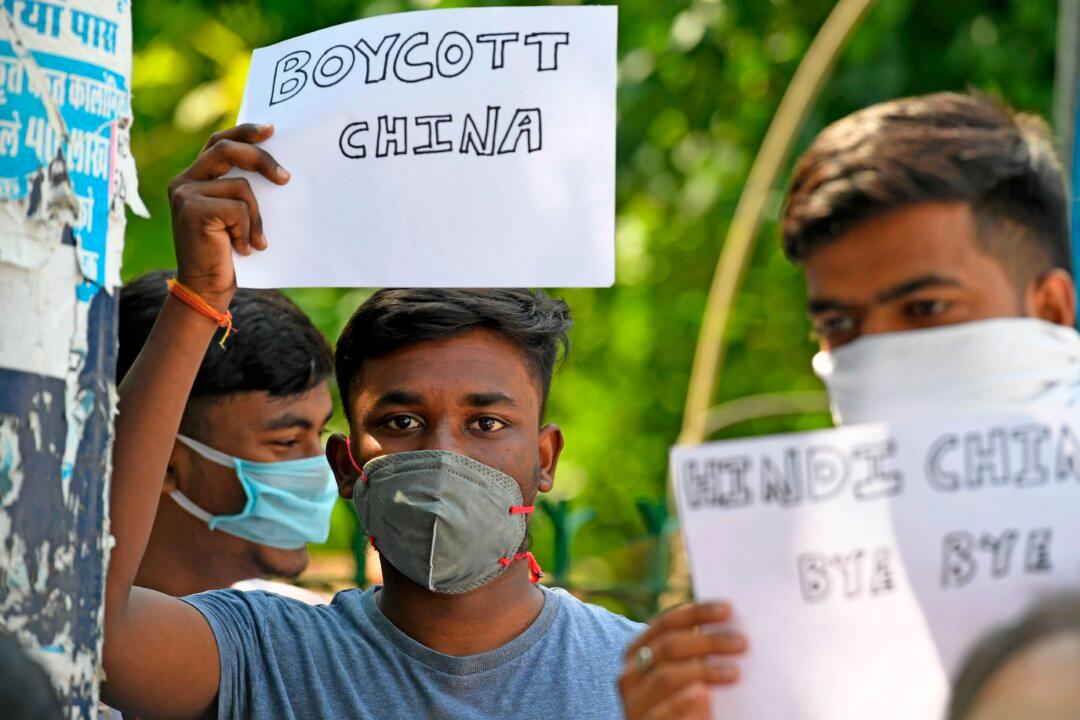The killing of 20 Indian soldiers in a clash with China’s People’s Liberation Army troops in the border region of Ladakh has intensified anti-Beijing sentiment that initially flared because of the CCP (Chinese Communist Party) virus pandemic.
“They have made a permanent enemy out of India. It'll take a minimum of two generations to have a friendly China response from us,” said retired Brig. Rumel Dahiya, a veteran who had worked for the joint staff of India’s armed forces.





